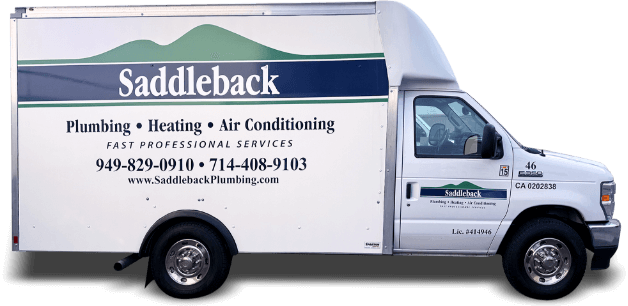Maintenance Really Does Save Money in Palmia
September 23rd, 2011When it comes to your Palmia home’s heating and cooling systems, you really cannot go wrong with proper annual maintenance. While it may seem like an unnecessary expense, you will save a lot in the long run if you pay that small fee once a year for each system.

